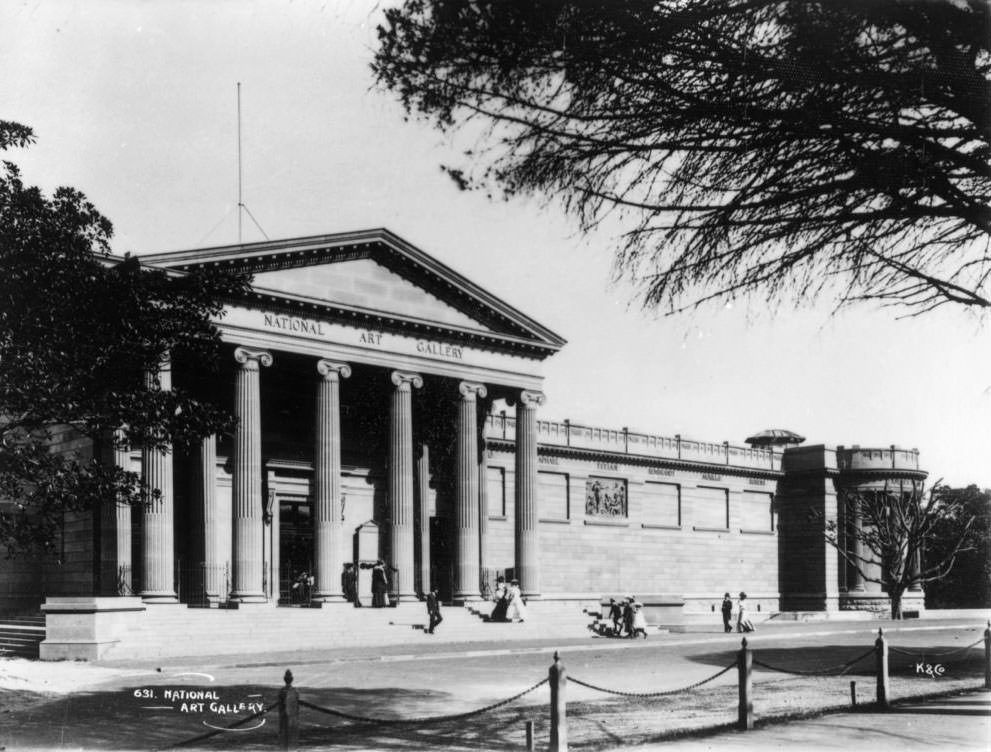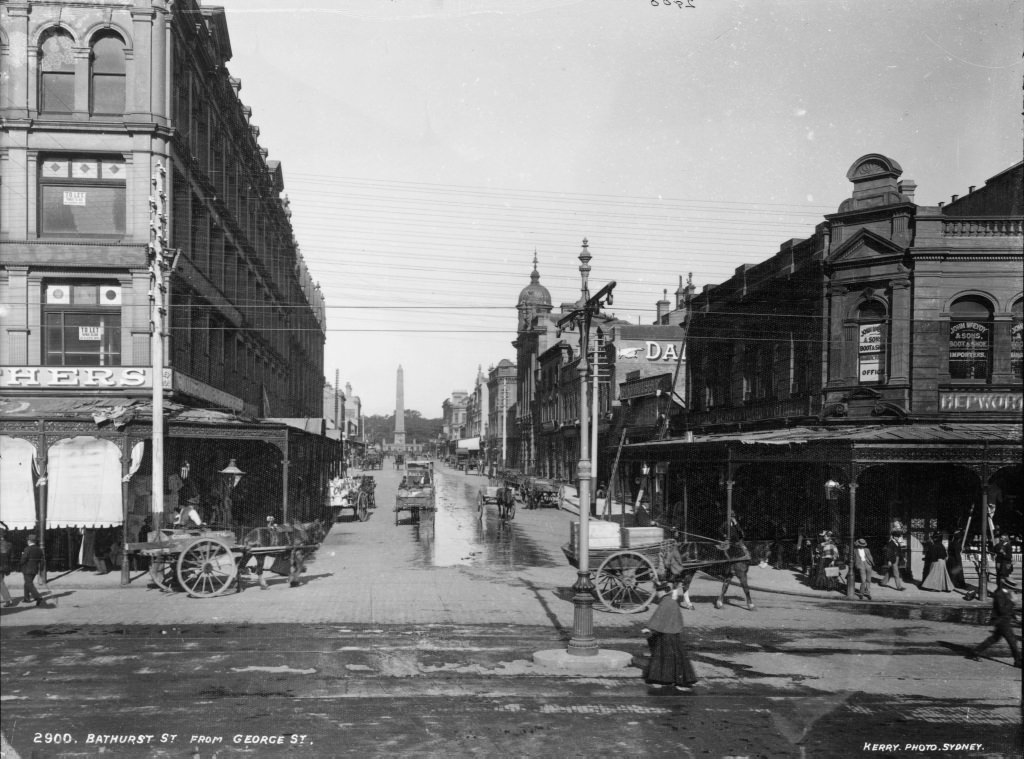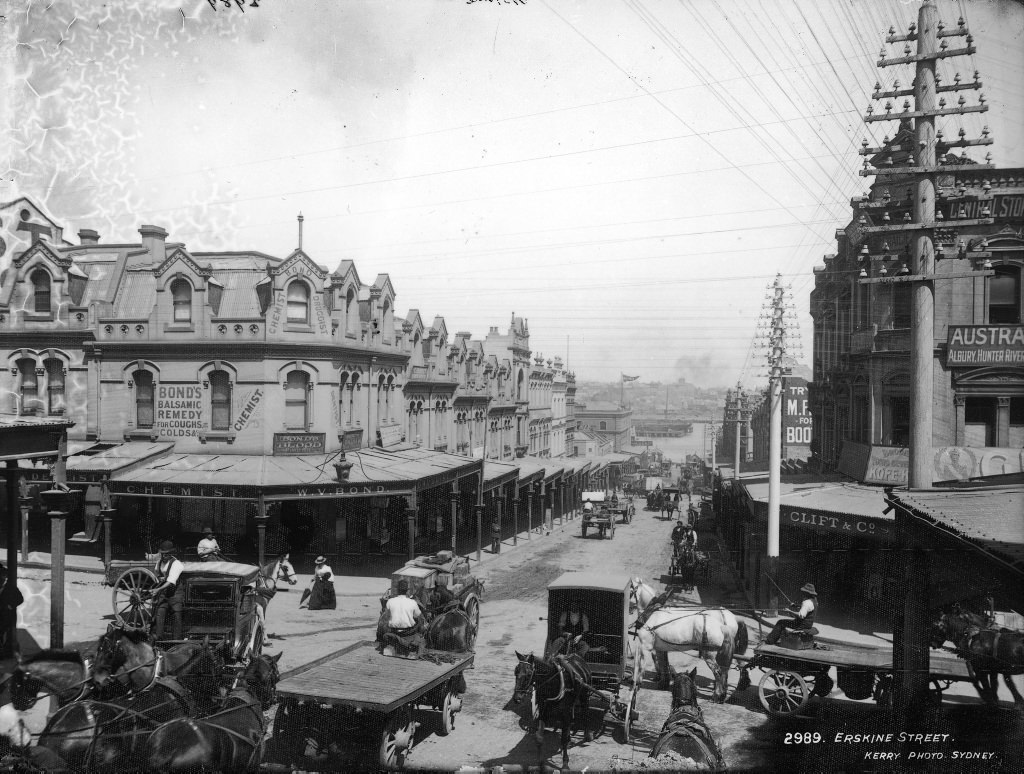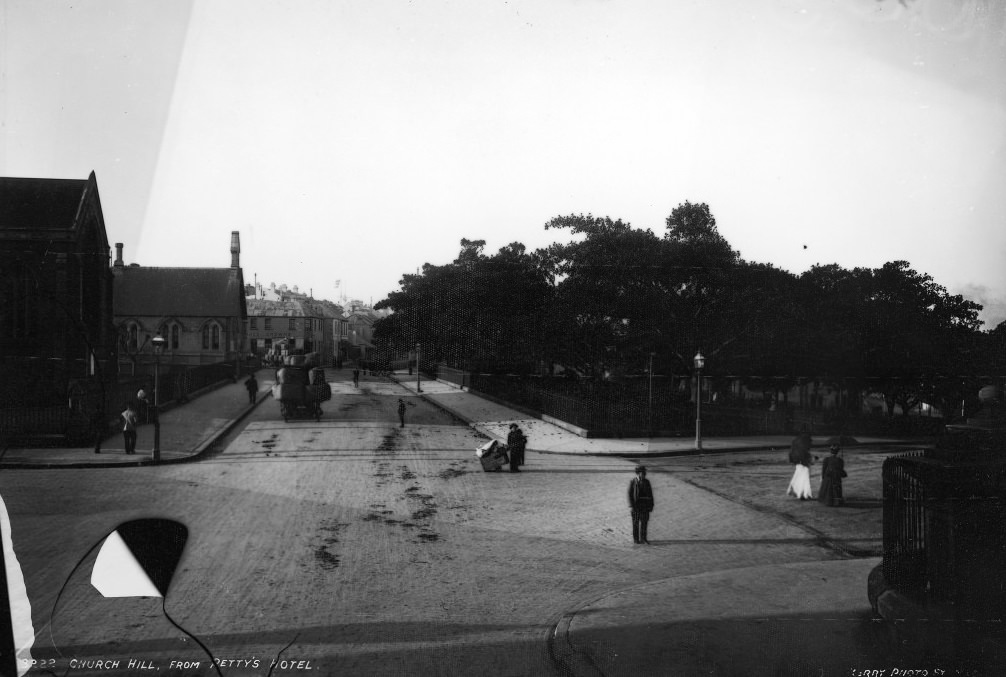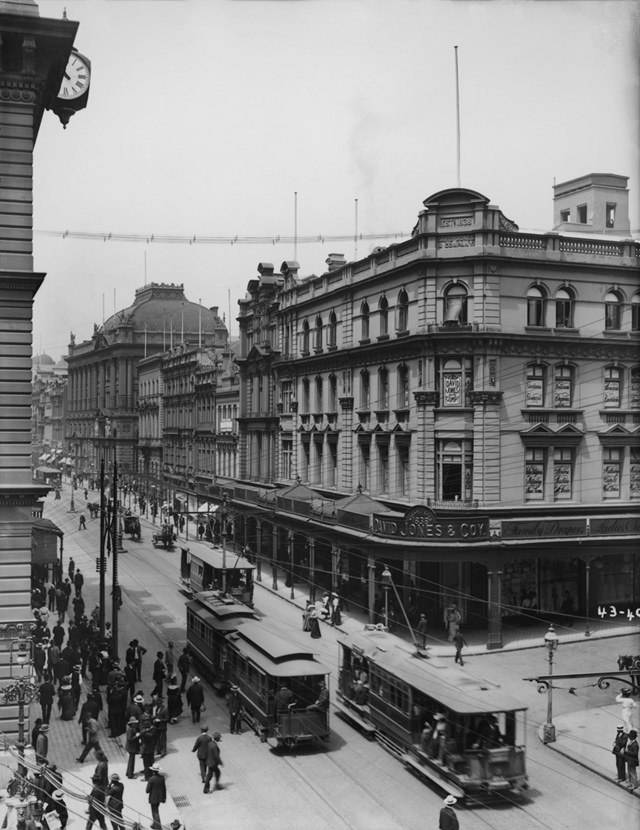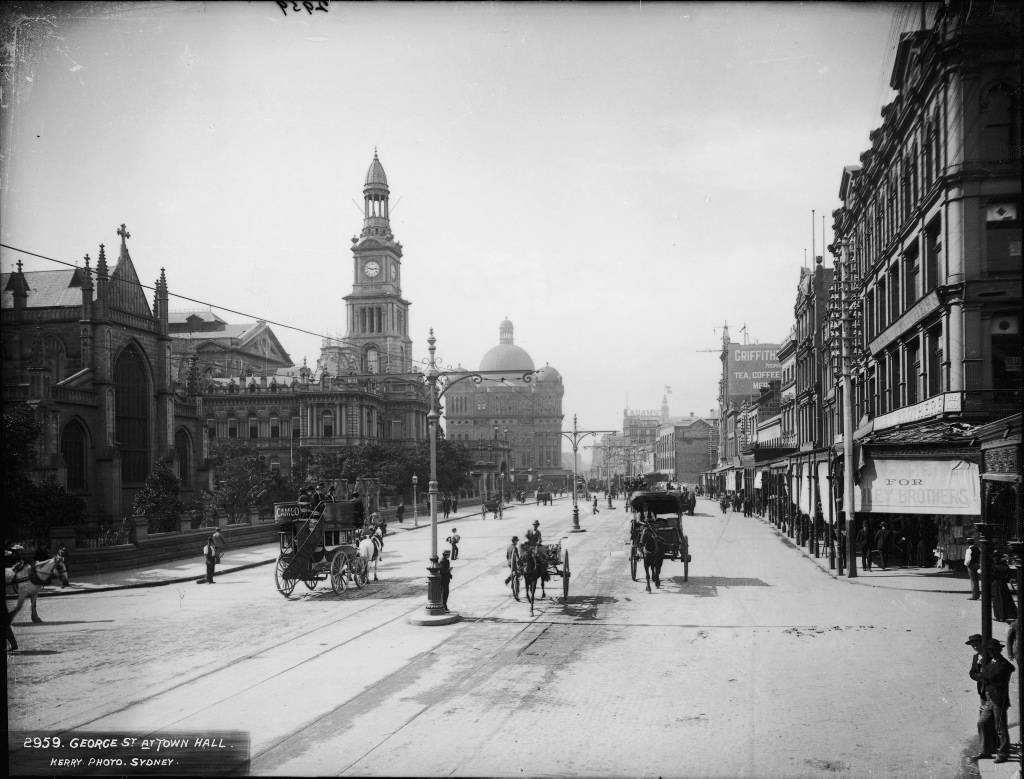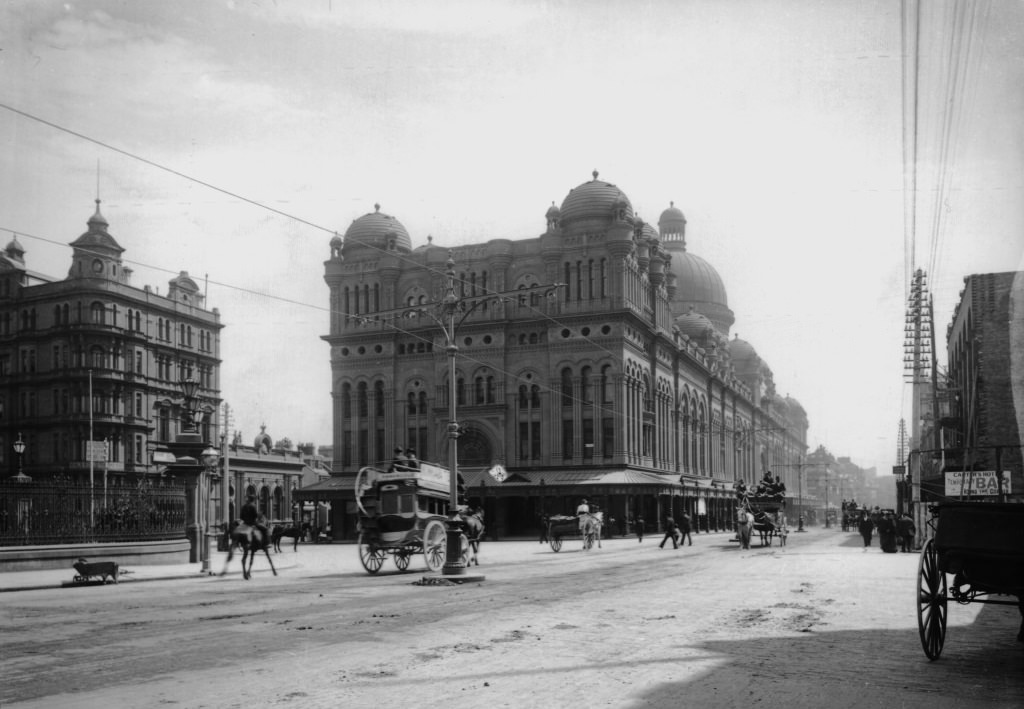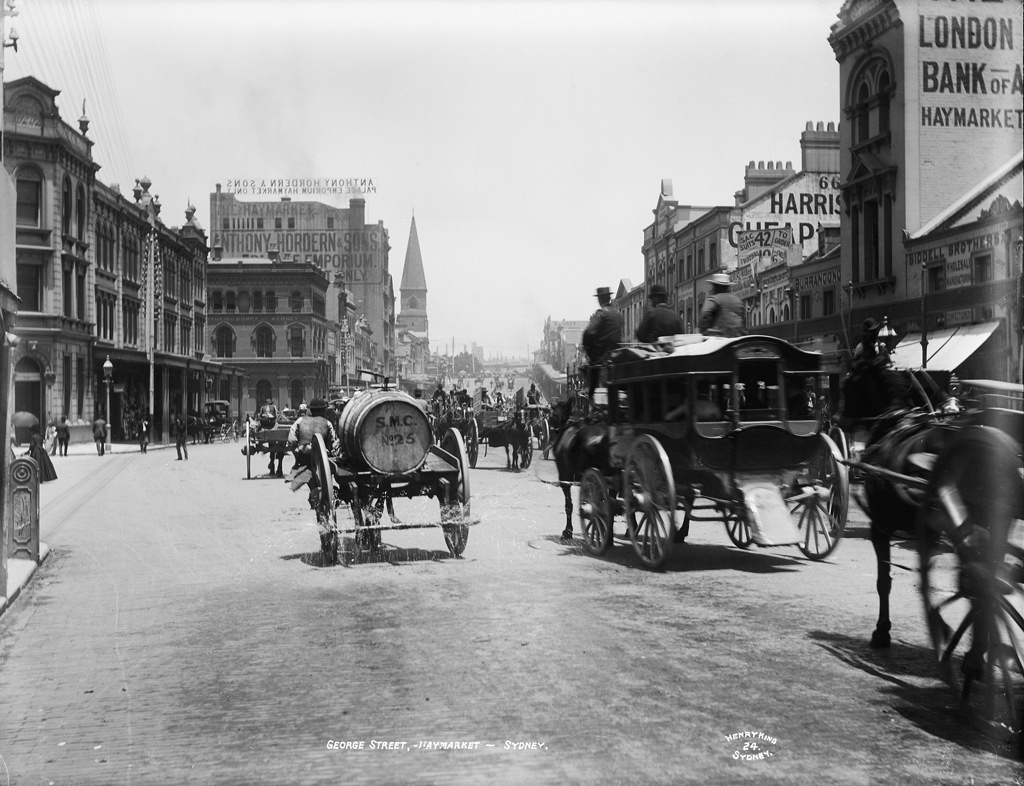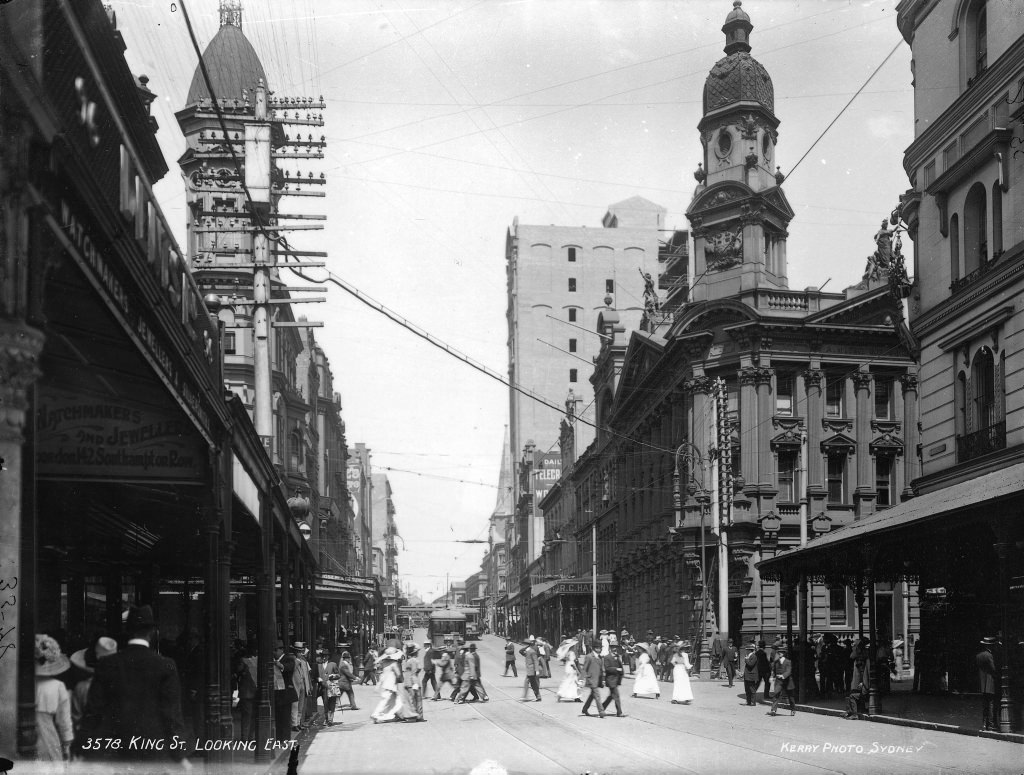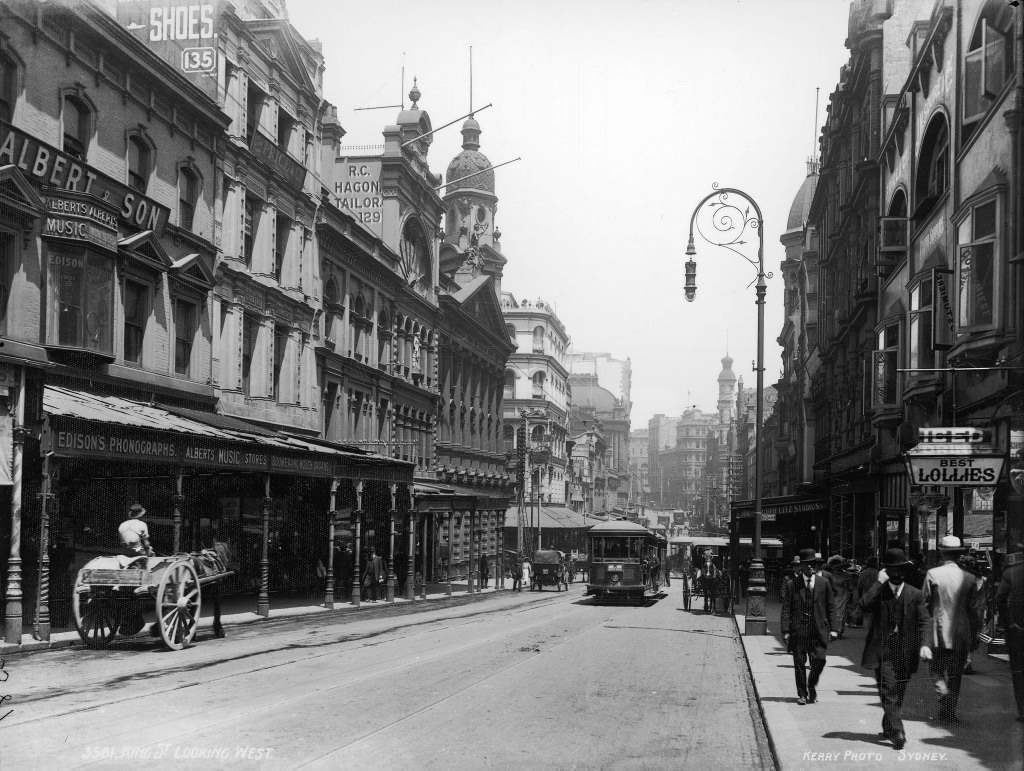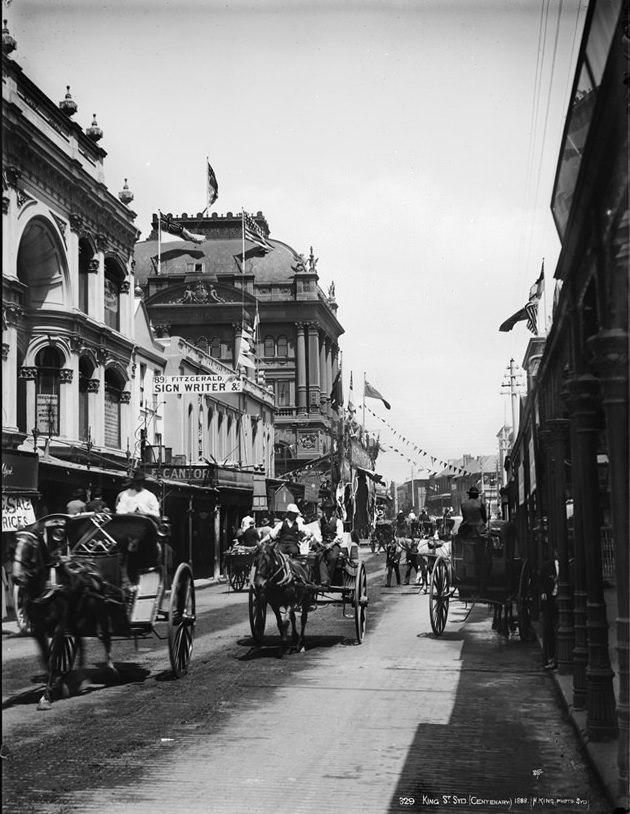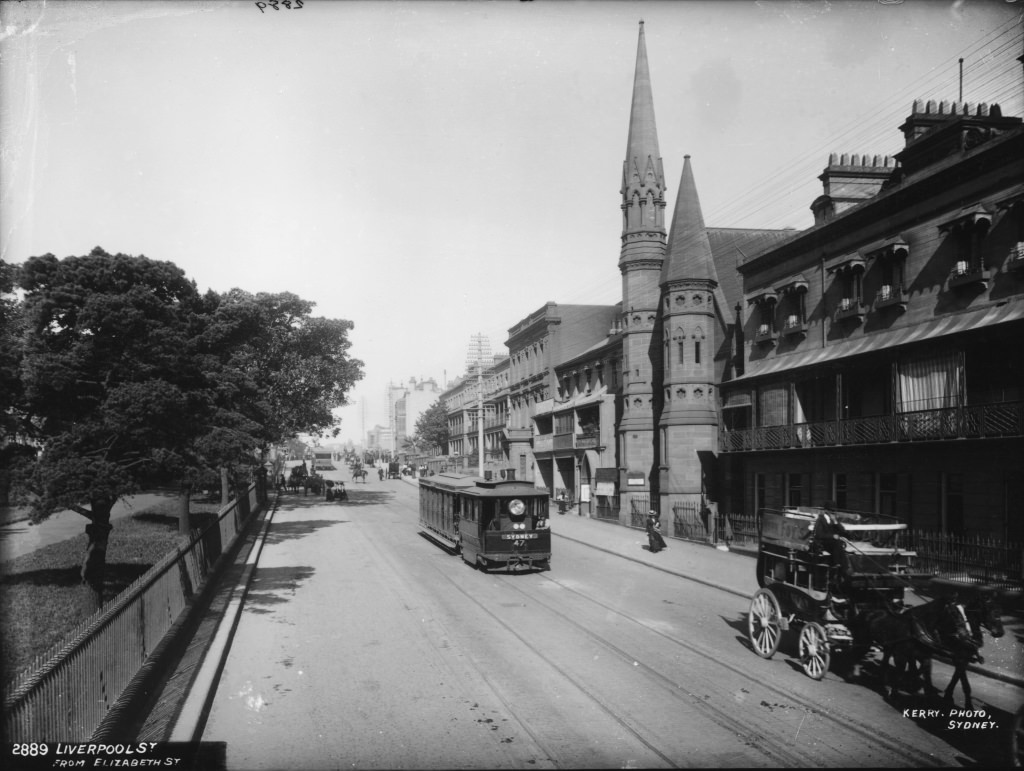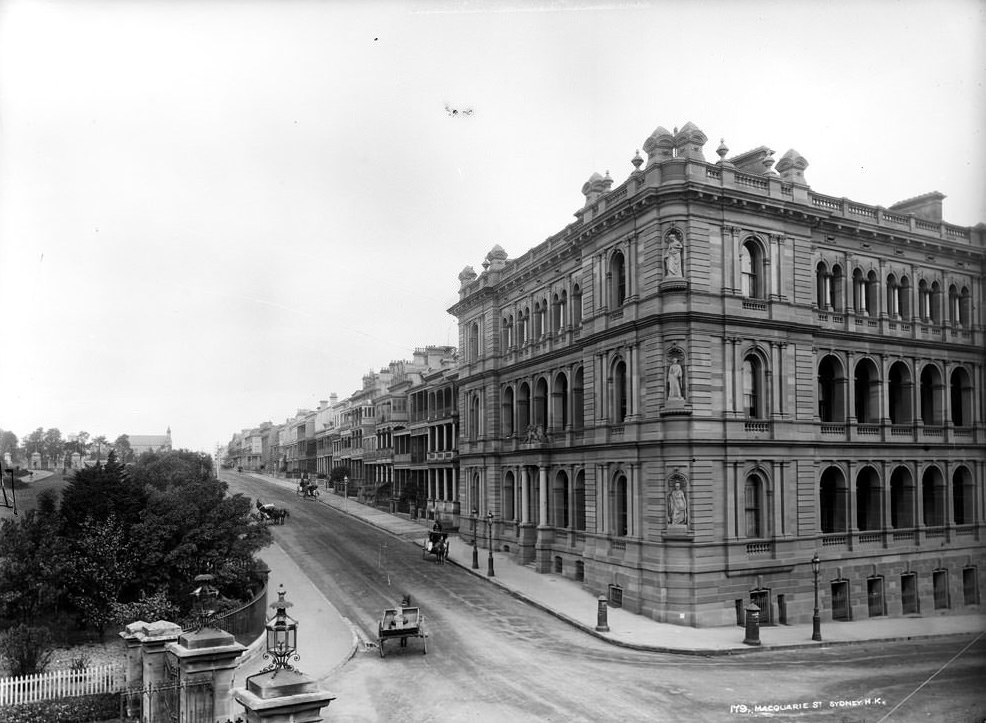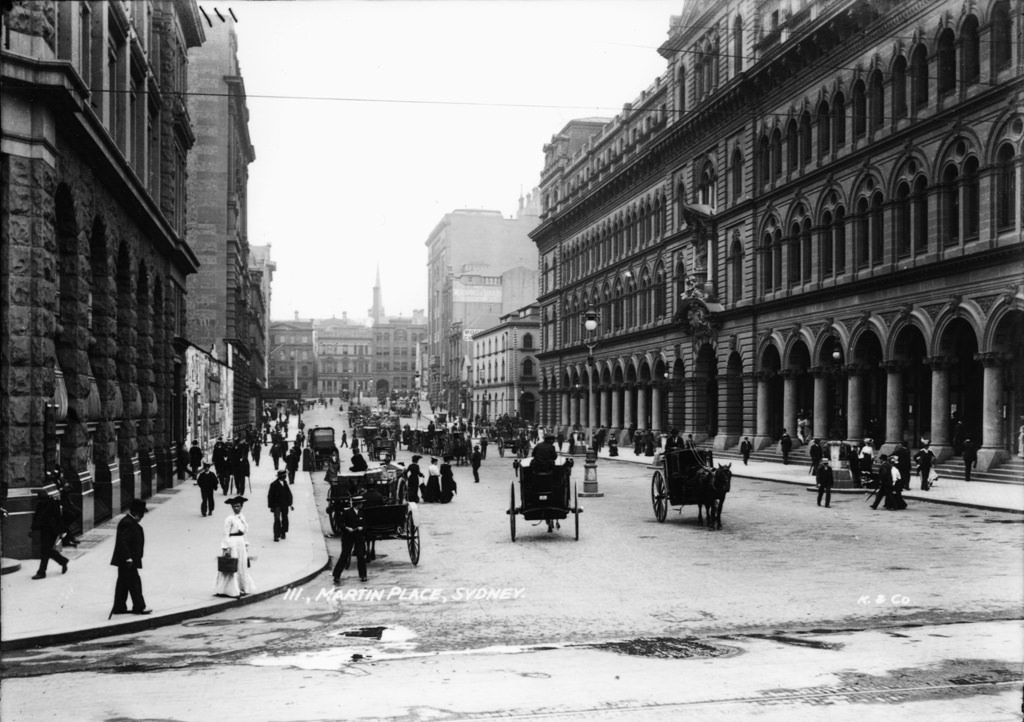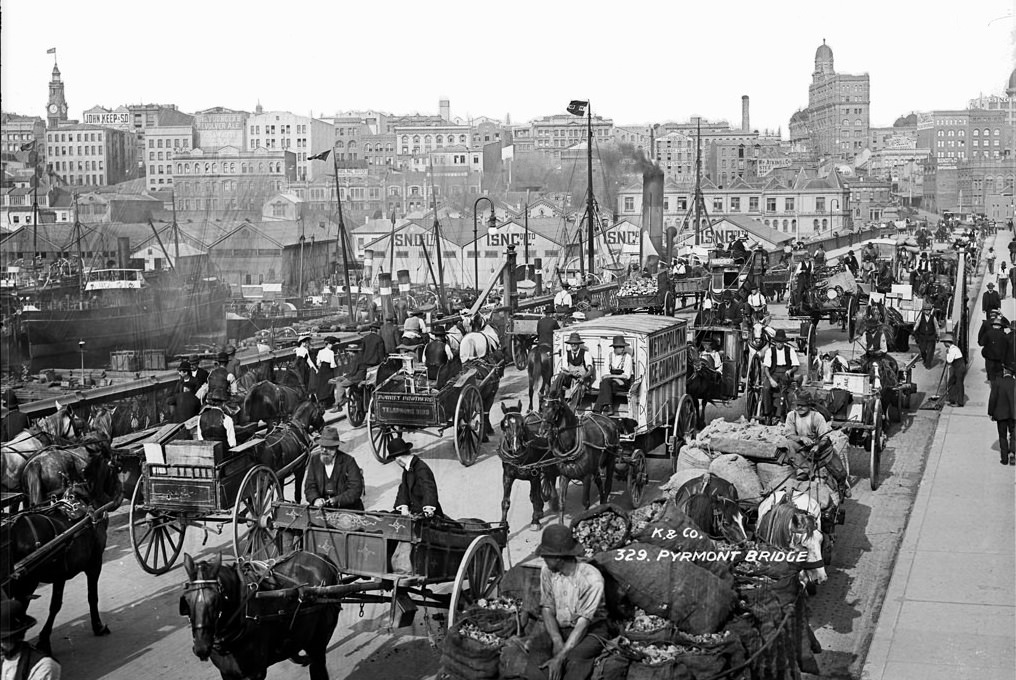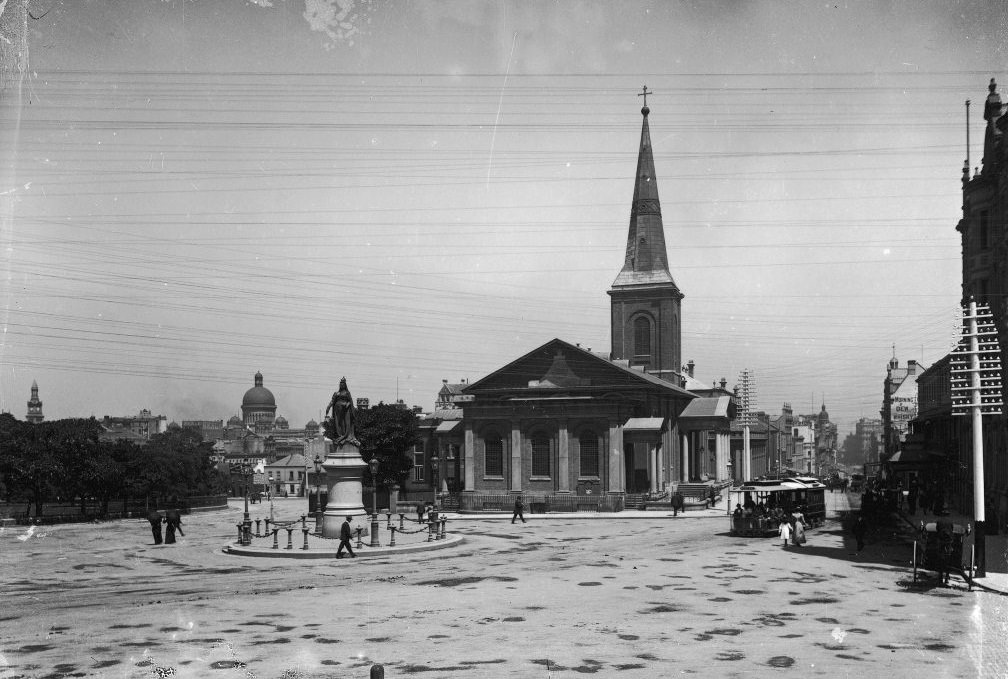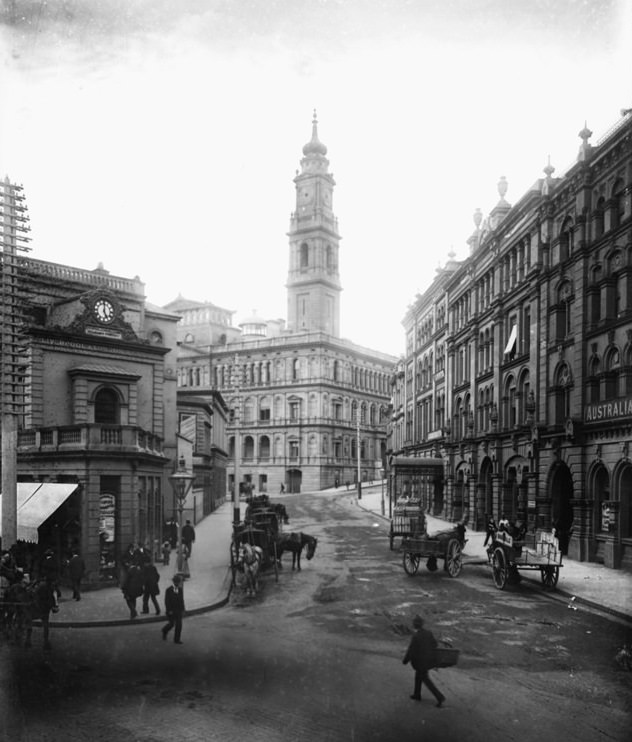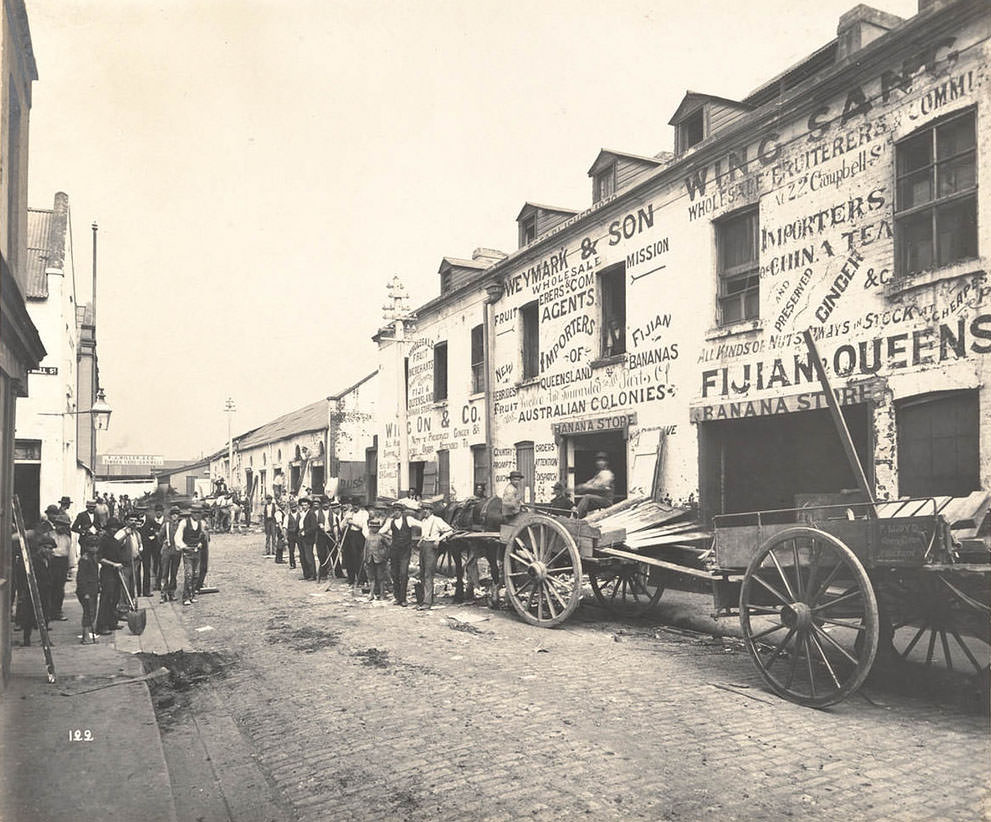At the turn of the 20th century, Sydney was home to more than a million people, and its streets were bustling with commuters, horse-drawn wagons, and trams. Many tramways, railways, and ferry routes linked the inner-city to an expanding network of suburban suburbs. Sydney led the nation during rapid growth; the country was transitioning from steam power to electricity. The Commonwealth of Australia was proclaimed on January 1, 1901, making Sydney the capital of New South Wales, no longer a colonial capital.
The Rocks and Surry Hills were razed and rebuilt in large parts. Several parts of Darling Harbour were abandoned and redeveloped to handle the tons of goods now passing through the port of Sydney since the existing facilities were not sufficient. The city’s transportation infrastructure was considered a whole for the first time and included the expansion of roads, railways, and harbor facilities. A proposal was made to electrify and extend the railway network, which eventually became a reality. Sydney Harbour became a vital investment due to a permanent link between its north and south shores. An alternative to the high-density Victorian housing that fell out of favor after the outbreak of the plague was the creation of model suburbs inspired by contemporary housing developments in Europe and North America. In translating concepts into reality, some of the ideologies got lost, but the essence of a better, new place remained. The city continued to grow, and its significant growth areas were along the railway lines and tram lines to a lesser extent. With the growth of suburban developments along Parramatta Road and the western railway line, the North Shore resembled suburban rather than rural areas. These developments eventually merged with those around Parramatta, forming the North Shore today. There was a fusion of settlements in the north, the west, and the south and north of Sydney Harbour.
Sydney’s beaches had been popular seaside vacation spots during the 19th century; however, daylight sea swimming was considered indecent until the early 20th century. On October 10, 1902, William Gocher, wearing a neck-to-knee costume, defied these restrictions by entering the water at Manly Beach, only to be removed by police. In the year following, Manly Council lifted its restrictions on all-day bathing – provided swimsuits covering your neck to knees were worn – and Sydney’s love affair with sun and surf flourished. The world’s first surf lifesaving club was founded at Bondi Beach, Sydney, in 1906.
Below are some fascinating historical photos that show what Sydney looked like in the early 20th century.



